
The Internet is among one of the greatest gifts to humanity, and in the past few years, it has been ingrained deep in the roots of our lives. In the past, people had to travel for months and even years to gain access to higher education and sometimes even basic information. But things have changed now. The internet has provided us with a platform to find the concepts of scholars and experts from any corner of the world. It has changed students’ learning methodologies, providing them with more opportunities and access to every kind of information they may benefit from. Keep reading to learn about the role and benefits of Internet access in education.

Role of the Internet in Education:
The internet has ended the hunt for relevant information. You no longer need to visit libraries to find relevant books by a particular scholar. Relevant and beneficial information is now just a click away from you.
1. Accessible, Affordable, and Cost-Affective Education:
The internet provides access to various educational resources, such as books, informative videos, journal articles, research papers, and interactive simulations. These learning materials are accessible from every corner of the world, regardless of geographical limitations. This access to learning materials eliminates the need to visit a campus or library, making education more affordable. It is particularly effective for those students who live in distant rural areas. Students can also get information about the latest scholarships, student grants, and other financial aid programs offered by education institutes and governments. Eligible students can easily apply for these aid programs and benefit from them.
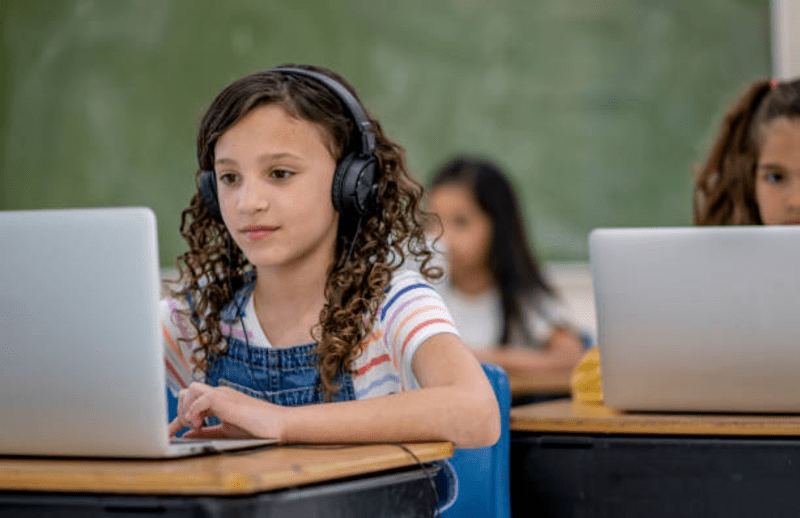
2. Improved Interactions:
Social media platforms, chat forums, and messaging apps efficiently connect students with teachers whenever they need guidance or help with a particular query. Students can also access their classmates and group members for collaborative learning, which increases their learning output. Communicating with like-minded or relevant people through various educational forums can increase and improve knowledge and information on a specific topic. Parents can also connect with teachers to regularly get updates about their child’s academic performance.
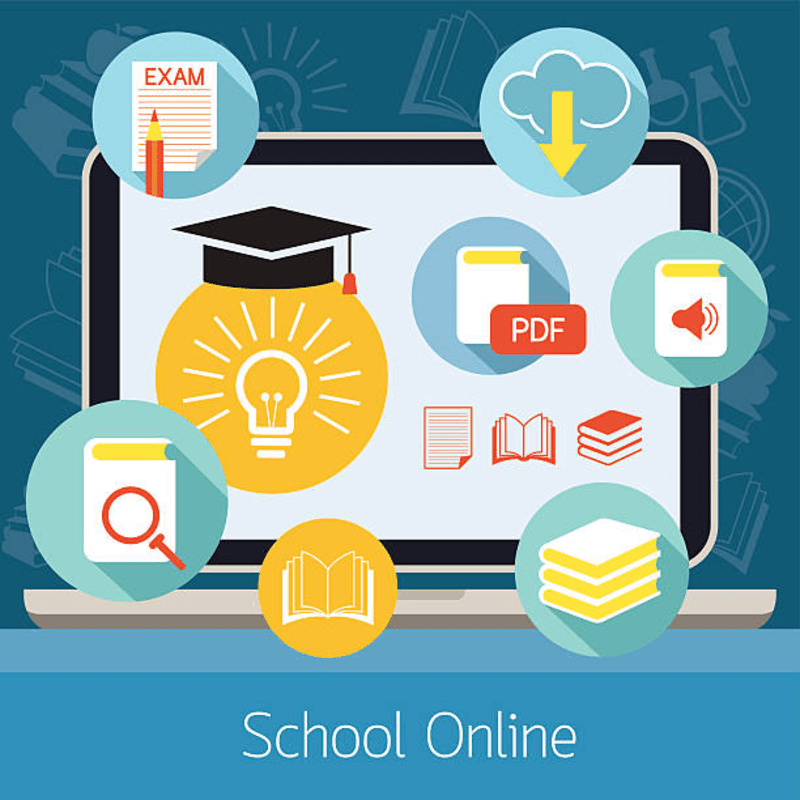
3. Effective Educational Tools:
Traditional learning methods, such as whiteboard lectures or oral presentations, may not pique students’ interest or ensure effective listening. The internet has solved this problem as well. The teachers can use many tools and platforms to add a visual appeal to lectures and present them to students attractively. Teachers can use PowerPoint presentations, video tutorials, animations, and images to gain student’s attention. Teachers can also post learning material, such as notes and videos, on school forums or websites to make them accessible to the students.
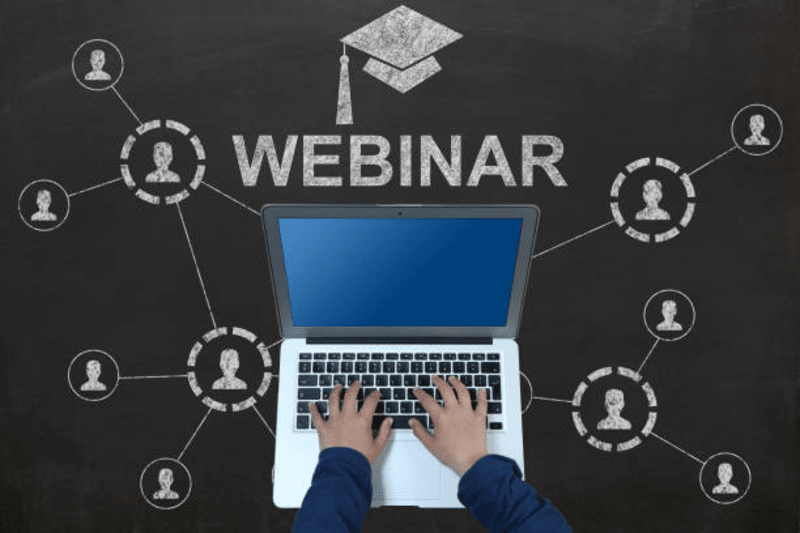
4. Digital Media Interaction:
Regular use of digital media has become a routine part of our lives. Various digital media platforms permit the display of audio and video learning materials to grab students’ attention. Many paid websites provide more quality learning material that is easily understandable by students and other learners seeking information about a particular topic.
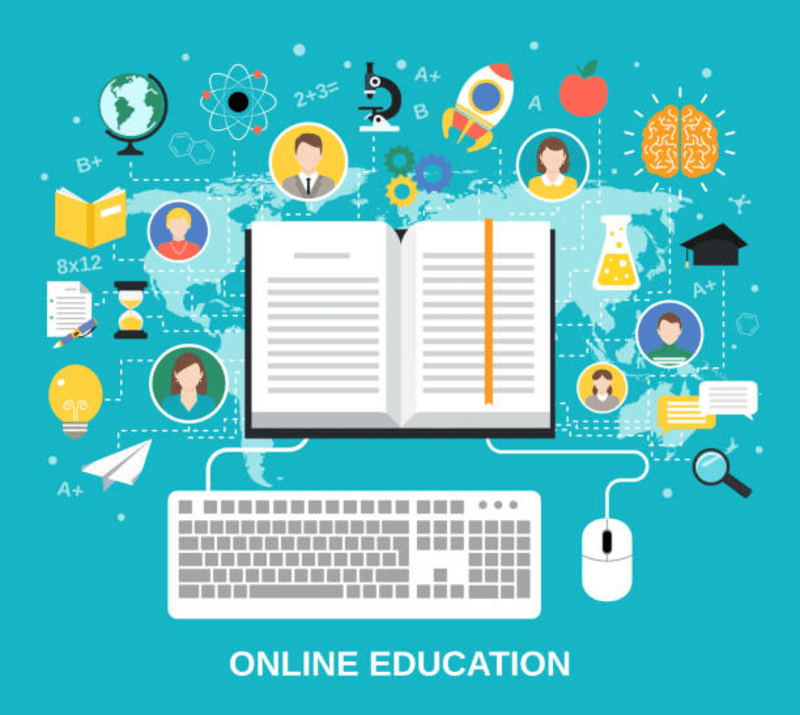
5. Latest and updated information:
Digital media prefer and rank highly quality and most up-to-date content and information. It ensures that students can access updated information without extensive research or spending much time. It also covers all areas of life, making it possible to access the required information.
Internet Reshaping the Future of Education:
With the help of the internet, you can find relevant information with just a click. You need to enter your query, and thousands of websites, journals, and research projects will appear. There, you can find the most relevant information you were searching for.
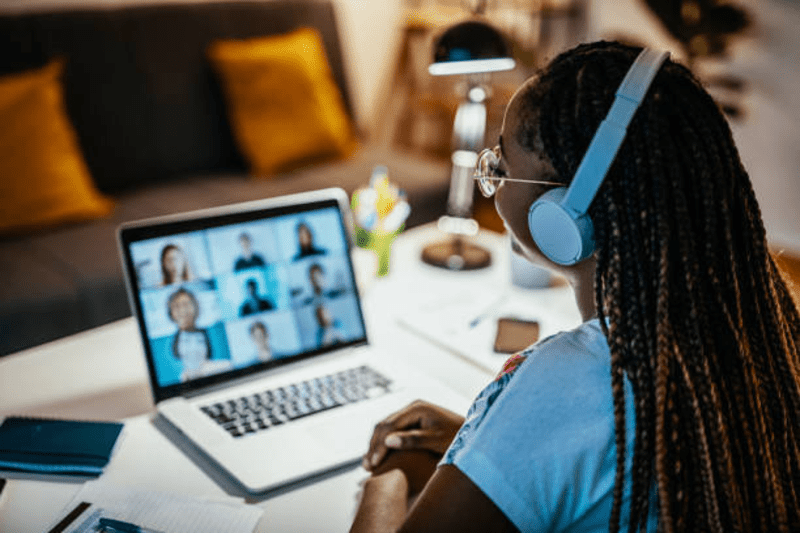
Google Scholar, PubMed, JSTOR, IEEE Xplore, ScienceDirect, Web of Science, Scops, Academic Search Complete, PubMed Central, and arXiv are some of the most common research platforms where you can find a lot of published research papers and books written by scholars.
The internet provides thousands and millions of learning courses in the form of videos, and tutorials. These classes help students acquire additional skills. The top course platforms are Udemy, Coursera, edX, LikedIn learning, Skillshare, Codecademy, Pluralsight, Udacity, FutureLearn, and MasterClass.

The Internet allows students to learn from home without physically visiting the institute. Students can earn degrees and certifications from top universities in
top countries by taking online classes. This is how they can shape their future and career goals.
Image 8

Online learning and collaboration platforms make it feasible to work on a project collaboratively. Students and educators can connect and have discussions about a project. It creates a sense of community and fosters the achievement of diverse project outcomes.
Educational resources, rare books, and historical information become accessible to researchers, students, and learners through digital libraries. Some common digital libraries are Project Gutenberg, Internet Archive, Google Books, HathiTrust Digital Library, Europeana, and Digital NZ.

The process of testing and assessment has been automated and made easy with several online assessment and testing platforms. These platforms efficiently conduct exams, quizzes, and assessments, and automatically grade the tests.
Virtual laboratories provide science and engineering students with cost-effective access to experimental equipment. This research equipment might not be easily available locally. Through virtual labs, students can easily perform experiments and get the most accurate results.

The Internet connects students of different cultures and traditions. This increases their intercultural understanding and broadens their view of observing and analyzing the world and the different kinds of people in it.
Students can learn various courses online, develop the most demanding skills, search for jobs, and plan their careers online. It fosters their career development and prepares them for the workforce.
Remote Learning Opportunities in Underserved Areas
In remote areas, internet access provides village students with educational platforms, learning materials, and virtual classrooms. It helps the far-off village students get their education without physically visiting the educational institution. This eliminates the geographical barriers to getting education and information and allows village students to pursue their education. They can interact and communicate with teachers, and peers, and they can get educational resources even from miles away.
Unfortunately, most of the villages do not have active access to the internet and digital technology. It creates a hindrance to the process of learning.
The government should take all the necessary steps to bridge the digital and educational gap between rural and urban areas. This will eliminate educational and digital inequality, leading to progress and an increased rate of literacy.
FAQs:
How does internet access impact student learning outcomes?
The Internet provides access to additional learning resources, platforms for collaboration, and interactive programs and improves student engagement.
What Resources Are Available to Support Remote Learning Initiatives?
Remote learning is made easy through platforms such as digital resources and libraries, research platforms, online courses, tests and assessment platforms, and virtual classrooms.
Are there any programs or initiatives aimed at bridging the digital divide in education?
Yes, there are many programs to bridge the digital gap in education, e.g., ConnecthomeUSA, the Figgers Foundation’s tablet program, the E-Rate program, and the Everyone On program.
How can schools and educational institutions ensure equitable access to online resources?
Schools and educational institutions should ensure that all students have equitable access to the Internet and the most recent technology. They should set up grant programs and scholarships, as well as provide internet access and gadgets to those in most need.